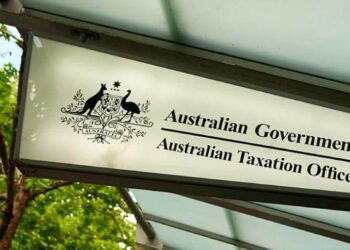The Institute of Public Accountants general manager of technical policy, Tony Greco, believes the ATO’s draft Practical Compliance Guideline 2021/D2 could see individual professional practitioners (IPP) wrongly targeted for breaching general anti-avoidance provisions even when their arrangements are highly unlikely to trigger Part IVA.
Mr Greco noted that the new exclusionary gateways and risk assessment framework included in the draft PCG do not align with Part IVA factors and are instead a way to coerce professional firms to change their current arrangements.
“In the absence of Part IVA factors, is the goal to intimidate professional firms into conservative tax outcomes?” Mr Greco said.
“Perhaps this is the intended outcome, as Part IVA requires the commissioner to undertake a determination which is administratively burdensome for the ATO to undertake on a case-by-case basis.
“The PCG effectively puts the onus on the taxpayer to self-assess, and in doing so, to provide this information to the ATO in response to an information request, which could lead to a review.”
The ATO’s guidelines stem from a concern that owners of a professional firm are being taxed on an “artificially low” share of the business’s profits by channelling a portion to an associated entity or entities such as a trust, company or family member.
The IPA, along with Chartered Accountants Australia and New Zealand and CPA Australia, had previously questioned the legal basis of the ATO’s draft PCG, noting that there is no general principle of taxation law dealing with, or proscribing, the so-called “alienation of income”.
Mr Greco noted that the ATO’s risk assessment framework will mean that small changes in profit distribution and tax rate could see IPPs move from a low-risk green zone to an amber or red zone, potentially triggering a direct audit.
He pointed to the effective rate of tax being used in the risk assessment framework as particularly problematic, with the reduction in corporate tax rate of 30 per cent to 25 per cent making it much easier to fall in the amber or red zone. Individuals will also need to earn just over $195,000 to have an average tax rate of 30 per cent.
“We believe that this will result in a very large number of IPPs across a broad range of firms being classified as moderate or high risk, when their arrangements are highly unlikely to trigger Part IVA,” Mr Greco said.
“Given that risk rating may not equate to the existence of any Part IVA factors, the PCG can therefore lead to unnecessary compliance activity and costs.
“The proportion of profits benchmarked in the risk assessment scoring table applies a one-size-fits-all approach which does not take into account the differing profitability of various firms and different types of professions.”
The ATO’s consultation on the draft PCG comes to a close on Friday. Once finalised, the PCG will apply from 1 July, with a two-year grace period to allow IPPs to apply suspended guidelines until 30 June 2023.


